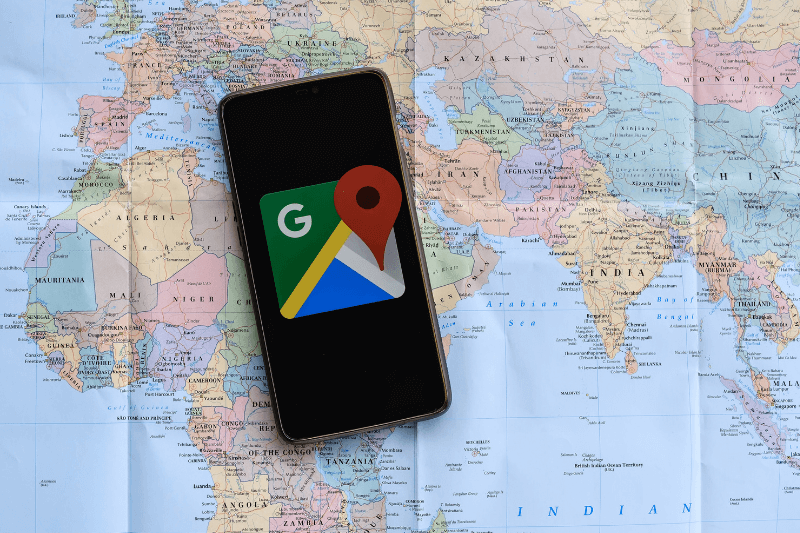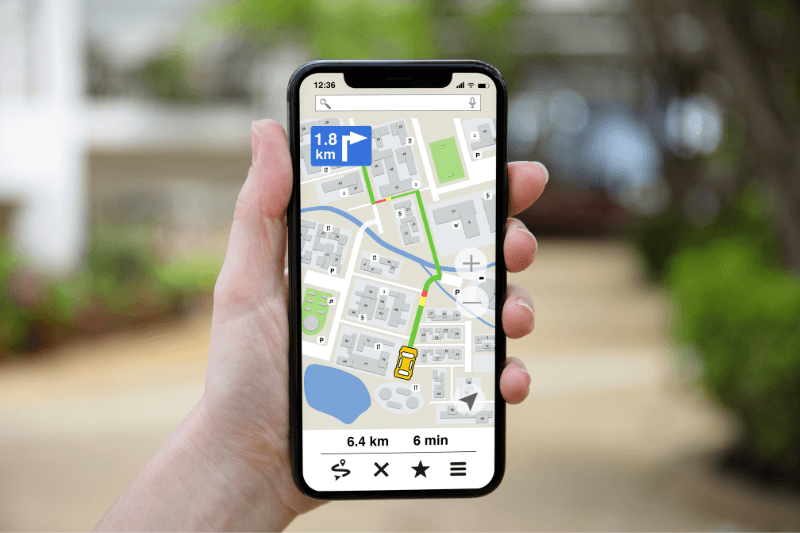How Technology Is Redefining the Global Gig Economy
June 23, 2025
The global blue-collar gig economy is experiencing rapid growth, with India at the forefront, registering a 92% year-on-year surge in hiring during 2024, as highlighted by a recent WorkIndia report. This growth is fueled by the rapid expansion of last-mile logistics platforms, including e-commerce, food delivery, and ride-hailing services. But this phenomenon isn’t unique to India. Similar shifts are reshaping labor markets across Asia-Pacific, North America, and Europe.
Drivers of Growth
- In India, quick-commerce and logistics platforms have transformed gig work into a viable, respected career path. Delhi, Ahmedabad, and Kolkata each saw over 100% growth in delivery-related job postings.
- Applications for gig roles rose 63% in India, with graduates increasingly drawn to the sector. This signals a broader shift in how blue-collar and gig work is perceived. It is no longer just a stopgap, but a legitimate and flexible career choice.
- Across Asia-Pacific, North America, and Europe, gig work is becoming a mainstream employment option. In the U.S., 35% of gig workers rely on side hustles for basic living expenses, and 80% of large corporations plan to increase their use of flexible workers.
Technology: The Backbone of Modern Gig Work
While the gig economy is powered by people, technology is its backbone. Delivery route software plays a crucial but often invisible role, enabling gig workers to complete more deliveries efficiently by mapping the quickest paths and adapting to real-time traffic. This not only boosts productivity but also reduces operational costs and environmental impact. Advanced scheduling and navigation tools, integrated into mobile apps, help workers manage their time and tasks more effectively, especially in complex urban environments.
Challenges and Opportunities
- Regional Disparities: In India, tier-I cities dominate gig opportunities, while tier-III regions face an oversupply of workers. Globally, similar imbalances exist, with some areas offering abundant gig work and others struggling to keep up.
- Regulatory Evolution: Governments worldwide are grappling with how to protect gig workers while fostering innovation. In the UK and EU, there’s a push for greater transparency in how algorithms assign work and pay.
- Benefits and Security: Only about half of gig workers see freelancing as a long-term career, largely due to limited social protections. This is driving calls for regulatory innovation and better benefits.
The Bigger Picture
From Delhi’s delivery drivers to American side-hustlers and European ride-hailers, the global gig economy is redefining what it means to work. Delivery routing software and other digital tools are essential, but the real story is about people: workers seeking flexibility, companies adapting to new business models, and societies rethinking traditional career pathways.
As the gig economy continues to evolve, the challenge will be to balance flexibility with fairness, ensuring that technology serves both businesses and workers. The future of work is here and it’s more dynamic, adaptable, and human-centered than ever before.









